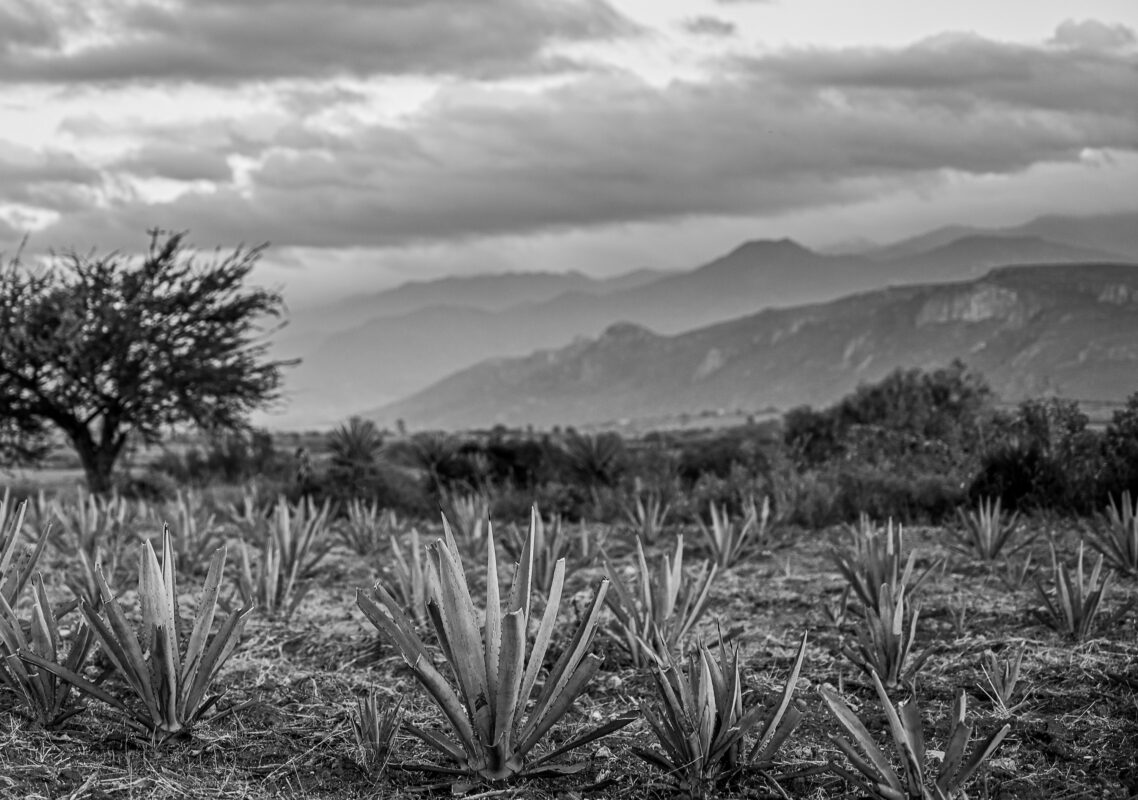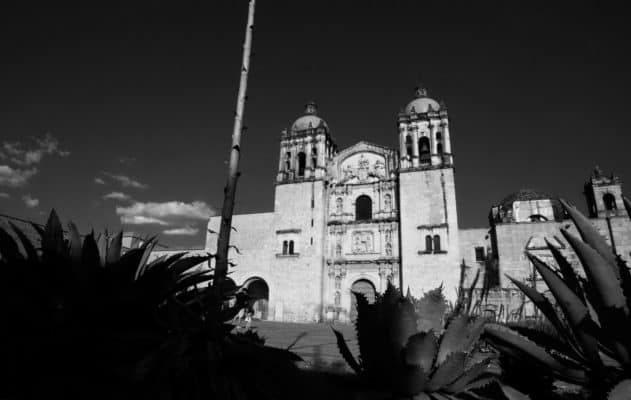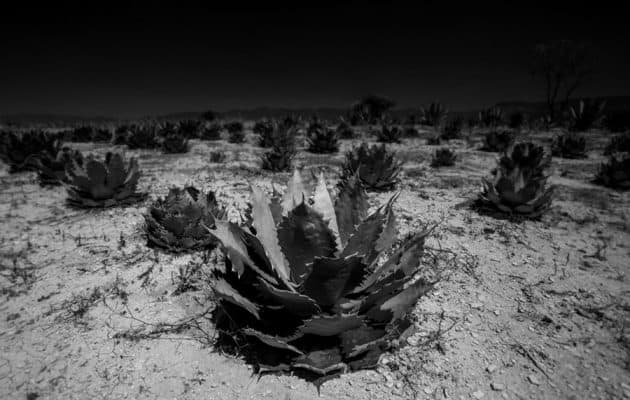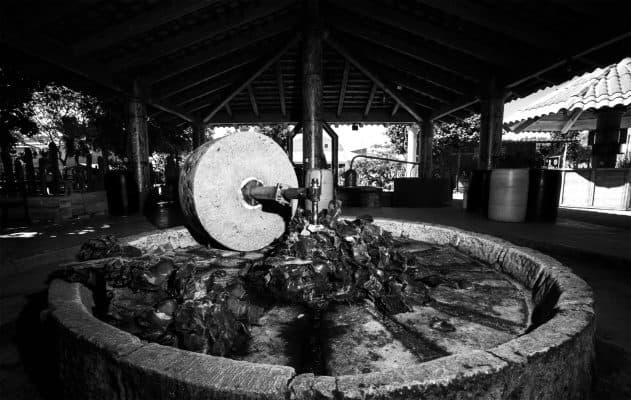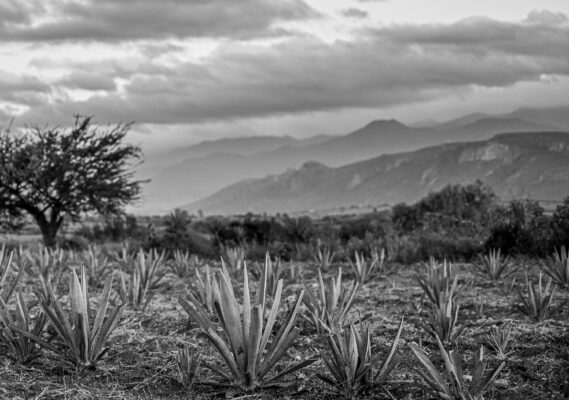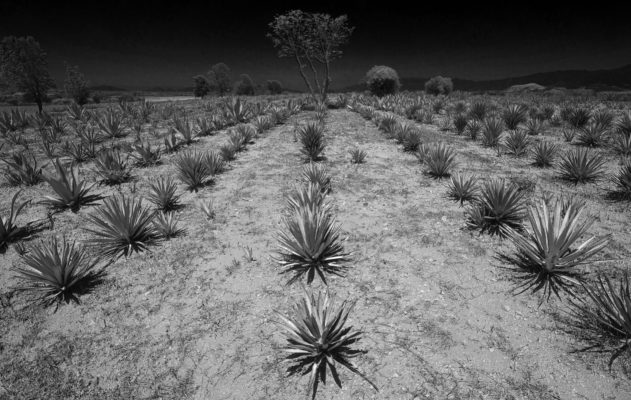Oaxaca, a state in southern Mexico, is known for its rich history, cultural traditions and, of course, its delicious mezcal. Mezcal has been part of Oaxaca’s cultural identity for centuries, and the state is considered the heart of mezcal production in Mexico. In this article, we will dive deeper into the history of mezcal in Oaxaca and how it has become an integral part of the state’s culture and economy.
The origins of mezcal in Oaxaca date back to pre-Columbian times, when the indigenous Zapotec and Mixtec peoples used agave to make a fermented drink called pulque. When the Spanish arrived in the 16th century, they introduced the distillation process, which allowed the production of mezcal, a stronger and more potent alcohol.
Mezcal quickly became an important part of Oaxaca’s economy and culture, and the state became known for its production of high quality mezcal. It was traditionally made by small family businesses using traditional techniques and tools, such as the coa (a hoe-like tool with a curved blade) and the horno (an underground pit used to toast the agave).
In recent years, mezcal has grown in popularity around the world, and Oaxaca has become a hub for the production and export of this spirit. However, despite its growing popularity, mezcal production in Oaxaca remains largely traditional and artisanal. Many mezcaleros (mezcal producers) in Oaxaca continue to use traditional methods and tools, such as the tejolote (a stone tool used to harvest the agave) and the tahona (a stone mill used to extract the juice from the agave).
In addition to its traditional production methods, Oaxaca is also home to a wide variety of agave, each with a unique flavour profile. The most common type of agave used in Oaxaca is espadín, which is used to make the majority of the state’s mezcals. However, other types of agave, such as tepeztate, tobala and tobaziche, are also used to produce mezcals with unique and distinct flavours.
Oaxacan mezcal is also closely linked to the cultural traditions and rituals of the state. It is often consumed on special occasions, such as weddings and religious ceremonies, and is an important part of many indigenous communities in the state. In fact, mezcal production is often considered a form of cultural preservation, as it helps to maintain traditional techniques and practices that have been passed down from generation to generation.
Oaxaca also hosts a number of festivals and events dedicated to mezcal, including the Feria del Mezcal, an annual event that celebrates the spirit and its cultural importance in the region. The Feria del Mezcal features tastings, workshops and other events that allow visitors to learn more about mezcal production and taste different types of spirits.
In conclusion, Oaxaca has a rich history with mezcal that goes back centuries. The state is known for its high quality mezcal production, which is largely traditional and artisanal. Mezcal is an integral part of the culture and economy of Oaxaca and is closely linked to the cultural traditions and rituals of the state. Despite its growing popularity around the world, Oaxacan mezcal remains true to its roots, with many producers using traditional methods and tools to produce this delicious and unique spirit.


